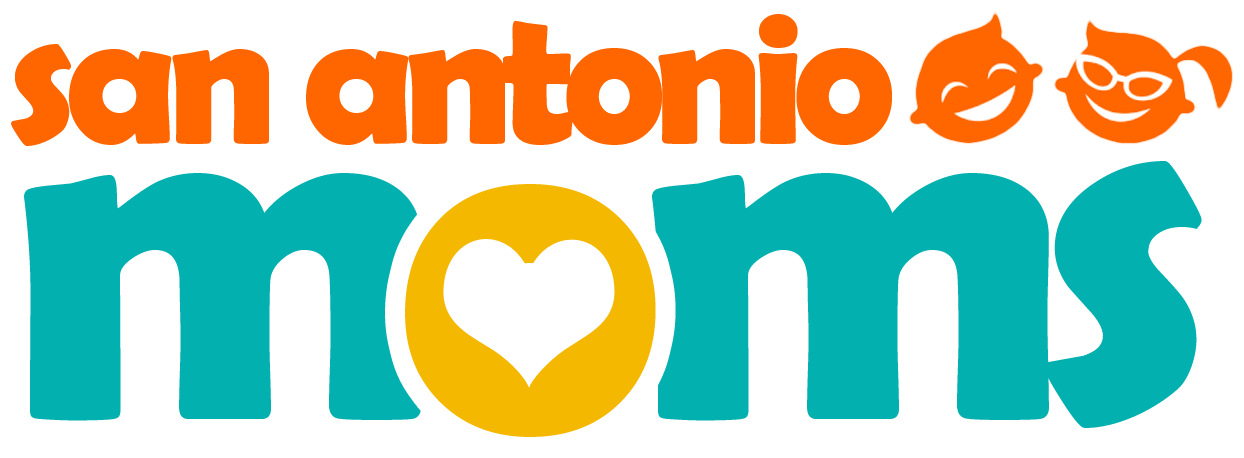Learning Disabilities are Commonly Misunderstood
Table of Contents
There are a number of misconceptions surrounding learning disabilities. Reading disabilities, when not addressed, can result in problems throughout school and beyond.
Some reports indicate that one in every five children has some form of dyslexia. Many of these children are never diagnosed, in part because of the many myths surrounding this learning disability. Children that struggle in school, especially with reading, writing, and spelling, may have dyslexia. But, the school does not need to be this difficult. There are ways that teachers and parents can help children with dyslexia. But first, it must be understood.
Myth: Dyslexia is Seeing and Writing Letters Backwards
Facts:
Many children write letters backward when they are first learning to write. The letters “b” and “d” are commonly written backward in young children. In an article that appeared in Today’s Parent, Catherine Penny, professor of psychology at Memorial University, explains that writing letters backward is not a problem unless your child is showing other learning problems, or if your child is still writing letters backward after first grade. Children with dyslexia have more difficulty naming letters than copying them.
Myth: Children with Dyslexia are Not Intelligent
Facts
Dyslexia does not relate to intelligence at all. Many famous and highly intelligent people have or had dyslexia: Charles Schwab, George Patton, and Albert Einstein. Dyslexia is a language-based disorder. People with dyslexia have difficulty processing the sounds of words and that can reduce the ability to memorize facts or tell time. This, however, is not a reflection on how smart someone may be.
Myth: Children with Dyslexia Can’t Read
Facts
Children with dyslexia can learn to read. Many children with mild dyslexia use alternative strategies to help them read. They may guess what they think a word is or skip a word they do not know and use context to help them determine what the word might be. Younger children may use pictures to help them read the words. In addition, using specific programs designed for children with dyslexia, children can learn to read and can continue on to college and lead successful lives.
Myth: Dyslexia is Very Uncommon
Facts
The International Dyslexia Foundation states that between 15% and 20% of the population have some type of language-based learning disability. Dyslexia is the most common learning disability. The U.S. Department of Health and Human Services places the number of people in the United States with dyslexia at 15% of the population.
Myth: Boys have Dyslexia More Often Than Girls
Facts
Boys are more often diagnosed with dyslexia. DARC, Dyslexia Awareness, and Resource Center, indicates that even though boys are more often identified as having dyslexia, the actual prevalence is the same for both sexes.
Sources:
- “Backwards Writing”, Nov. 2004, Teresa Pitman, Today’s Parent
- “What is Dyslexia in Children?”, 2003, DARC, Dyslexia Awareness and Resources
- “Myths, Misunderstandings About Dyslexia”, Jan 1997, Alexandria Berger, The Virginian-Pilot
- “Frequently Asked Questions About Dyslexia”, 2007, The International Dyslexia Association
